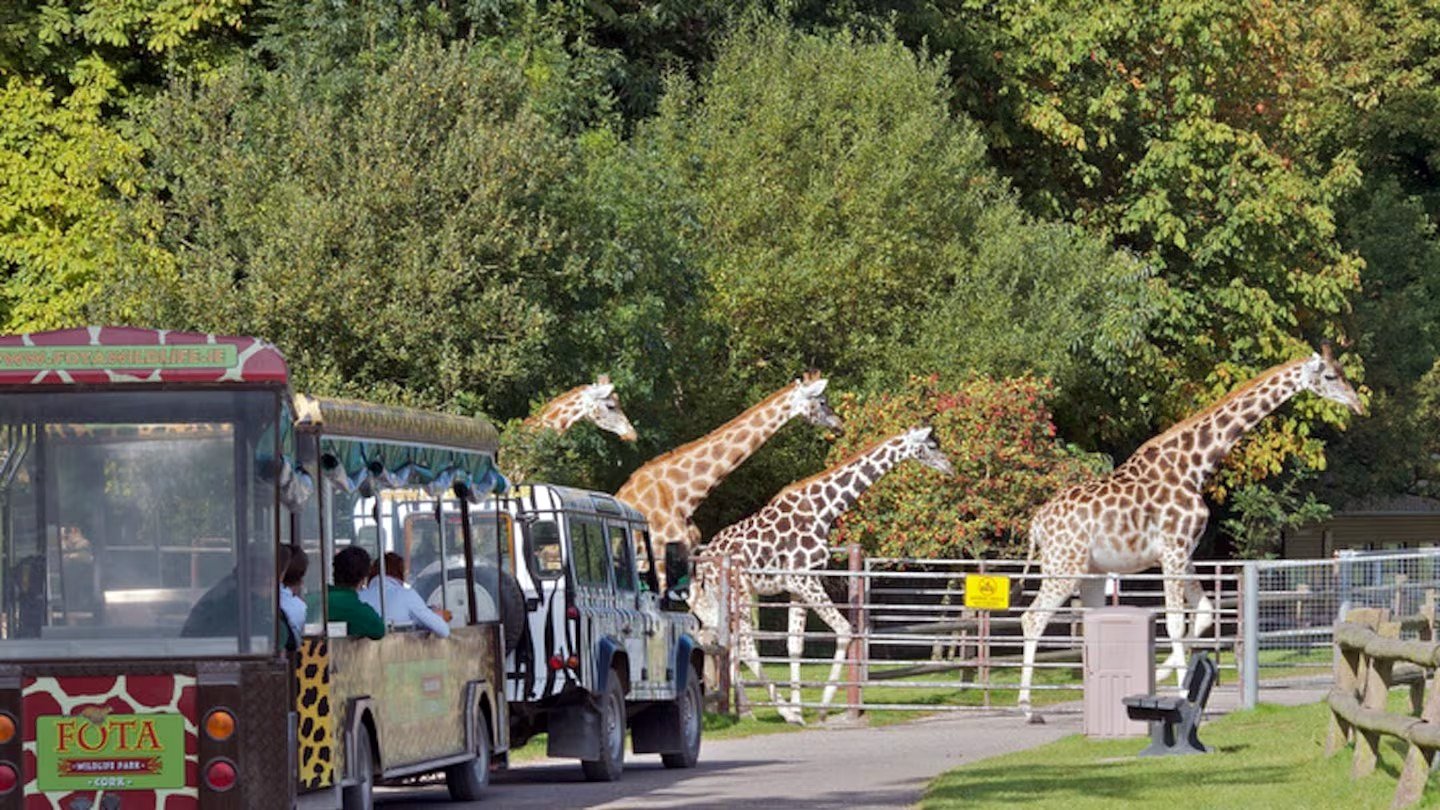Lynx Awareness: Safeguarding the Forest Royalty on International Lynx Day
International Lynx Day is celebrated annually on June 11, dedicated to raising awareness about the plight of the lynx, a medium-sized feline that is currently endangered in Europe. These majestic creatures are facing threats due to hunting, loss of habitat, and low prey populations. Let's explore the importance of International Lynx Day and what we can do to protect these fascinating animals.
(C) Zdeněk Macháček | Unsplash
The lynx is an elusive creature with a lifespan of around 17 years in the wild and about 20 years in captivity. Their coat color can vary based on the climate they inhabit. In Europe, there are two different species of lynx - the more abundant Eurasian lynx (Lynx lynx) and the smaller Iberian lynx (Lynx pardinus) found only on the Iberian Peninsula. Both species are considered endangered and in need of protection.
The History of International Lynx Day
International Lynx Day has been celebrated since 2018, initiated by the Interreg CE 3Lynx project. Conservation efforts began in the 1970s when the shrinking lynx populations were identified. The Eurasian lynx was the first subtype to be reintroduced and protected, followed by the Iberian lynx. Despite some population growth, these felines still require conservation efforts to ensure their survival.
(C) Zdeněk Macháček | Unsplash
The Importance of International Lynx Day
International Lynx Day aims to raise awareness about the threats faced by lynx populations and to generate support for conservation efforts. This day serves as a reminder of the crucial role these animals play in maintaining ecosystem balance. By protecting lynx habitats and populations, we can help secure their future and preserve biodiversity for generations to come.
Lynx Populations Across Europe
In Hungary, the lynx population has shown signs of resurgence since the 1980s, with increasing evidence of their presence. Slovakia boasts the largest lynx population in the Western Carpathians, providing a vital source of population dispersion to surrounding countries. Romania and Ukraine also have significant lynx populations, with conservation efforts in place to protect these animals.
As we celebrate International Lynx Day, let's reflect on the importance of protecting these majestic felines and the role they play in our natural world. By supporting conservation initiatives and raising awareness, we can ensure the survival of these beautiful creatures for future generations to admire and appreciate.
(C) Zdeněk Macháček | Unsplash
The LIFE Lynx Project: Saving Endangered Lynx in Europe
In Europe, the population of lynx is dwindling, and these majestic creatures are facing the threat of extinction. One of the main reasons for this decline is inbreeding, particularly in the Dinarides region. However, there is hope on the horizon thanks to the LIFE Lynx project. To ensure the survival of the lynx population in the Dinarides, the LIFE Lynx project has been introducing new healthy lynx from the Carpathian Mountains. These lynx bring fresh genes to the population, reducing the risk of inbreeding and increasing genetic diversity. On June 11, the world celebrates International Lynx Day, a day dedicated to raising awareness about the importance of protecting and conserving lynx populations. This year, the LIFE Lynx project is planning to organize events in Slovenia, Croatia, and Italy to educate the public about lynx conservation efforts. Institutions and lynx-related projects across Europe will come together to celebrate International Lynx Day. More than 70 events will take place in countries such as France, Switzerland, Albania, and the Czech Republic. This is a great opportunity for people to learn more about lynx and how they can contribute to their protection.
Remember, every small step counts when it comes to safeguarding our environment and the incredible species that call it home. Let's come together to ensure the continued existence of the lynx and other endangered animals.
Search the blog:




















